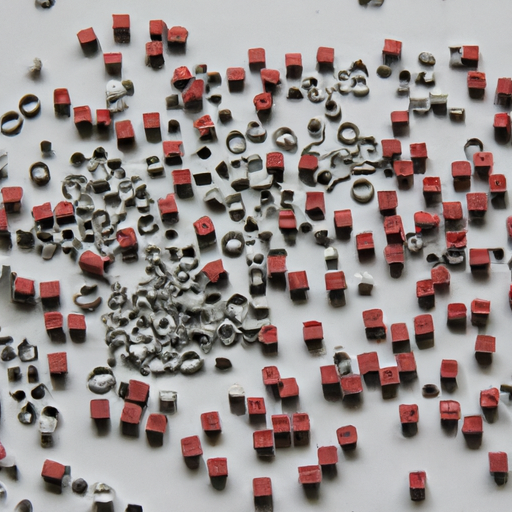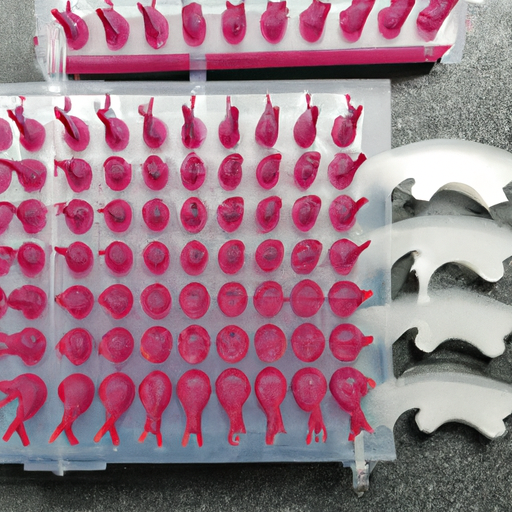Understanding the Importance of Plastic Part Tolerance Standards

Understanding the Importance of Plastic Part Tolerance Standards
In the world of manufacturing, precision and accuracy are crucial. Whether it’s in the automotive industry, electronics, or consumer goods, the quality of the final product depends on the precision of its individual components. One such component that plays a significant role in many industries is plastic parts. These parts are used in a wide range of applications, from small electronic devices to large machinery. To ensure that these plastic parts meet the required specifications, manufacturers adhere to plastic part tolerance standards.

Plastic part tolerance standards define the acceptable range of variation in dimensions, shape, and other physical properties of plastic parts. These standards are established by industry organizations and regulatory bodies to ensure consistency and quality across different manufacturers and suppliers. By adhering to these standards, manufacturers can guarantee that their plastic parts will fit and function as intended.
One of the primary reasons why plastic part tolerance standards are essential is the need for interchangeability. In many industries, plastic parts are designed to be interchangeable, meaning that they can be easily replaced or interchanged with identical parts. This interchangeability is crucial for maintenance and repair purposes, as well as for efficient production processes. By adhering to tolerance standards, manufacturers can ensure that their plastic parts will fit perfectly with other components, regardless of the supplier or production batch.
Another reason why plastic part tolerance standards are crucial is the need for functionality. Plastic parts often have specific functions, such as providing structural support, housing electronic components, or facilitating fluid flow. To perform these functions effectively, the dimensions and shape of the plastic parts must be within certain tolerances. Deviations from these tolerances can lead to issues such as leaks, malfunctions, or even safety hazards. By adhering to tolerance standards, manufacturers can minimize the risk of such issues and ensure that their plastic parts perform their intended functions reliably.
Furthermore, plastic part tolerance standards also play a role in cost optimization. In manufacturing, precision comes at a cost. The tighter the tolerances, the more challenging and expensive it is to produce the parts. However, looser tolerances can lead to lower production costs but may compromise the quality and functionality of the final product. By establishing appropriate tolerance standards, manufacturers can strike a balance between precision and cost, ensuring that the plastic parts meet the required specifications without unnecessary expenses.
| Production Process | Orders-Raw Materials- Production-Quality Inspection -Packaging-Shipment |
| Our Services | OEM/ODM |
It is worth noting that plastic part tolerance standards are not static. As technology advances and new materials and manufacturing processes emerge, these standards are continuously updated and refined. Manufacturers must stay up-to-date with the latest standards to ensure that their plastic parts meet the current requirements. This requires ongoing research, testing, and collaboration with industry organizations and regulatory bodies.
In conclusion, plastic part tolerance standards are of utmost importance in the manufacturing industry. They ensure interchangeability, functionality, and cost optimization of plastic parts. By adhering to these standards, manufacturers can guarantee that their plastic parts meet the required specifications and perform their intended functions reliably. As technology evolves, it is crucial for manufacturers to stay updated with the latest standards to maintain their competitive edge in the market.




